Nanotubes can self-assemble to create functional wires.
Research Paper: http://bit.ly/1SdTIVZ
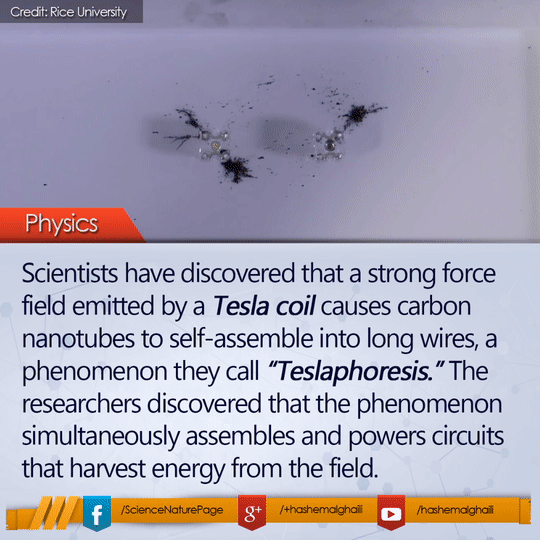
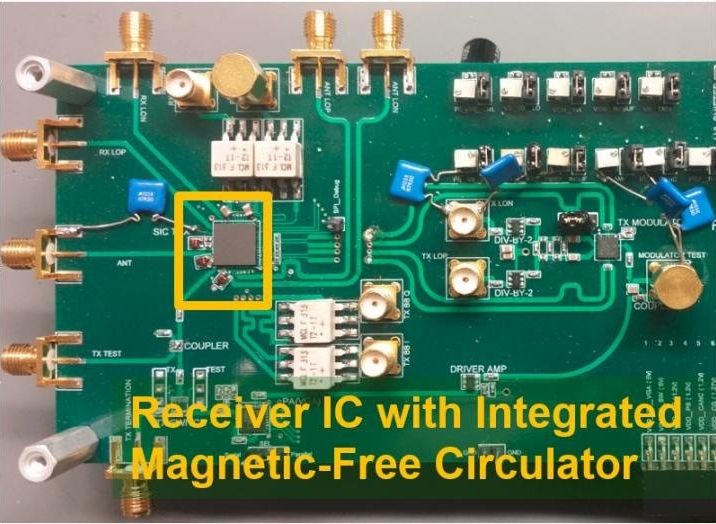
“This technology could revolutionize the field of telecommunications,” says Krishnaswamy, director of the Columbia High-Speed and Mm-wave IC (CoSMIC) Lab. “Our circulator is the first to be put on a silicon chip, and we get literally orders of magnitude better performance than prior work. Full-duplex communications, where the transmitter and the receiver operate at the same time and at the same frequency, has become a critical research area and now we’ve shown that WiFi capacity can be doubled on a nanoscale silicon chip with a single antenna. This has enormous implications for devices like smartphones and tablets.”
Krishnaswamy’s group has been working on silicon radio chips for full duplex communications for several years and became particularly interested in the role of the circulator, a component that enables full-duplex communications where the transmitter and the receiver share the same antenna. In order to do this, the circulator has to “break” Lorentz Reciprocity, a fundamental physical characteristic of most electronic structures that requires electromagnetic waves travel in the same manner in forward and reverse directions.
“Reciprocal circuits and systems are quite restrictive because you can’t control the signal freely,” says PhD student Negar Reiskarimian, who developed the circulator and is lead author of the Nature Communications paper. “We wanted to create a simple and efficient way, using conventional materials, to break Lorentz Reciprocity and build a low-cost nanoscale circulator that would fit on a chip. This could open up the door to all kinds of exciting new applications.”

Carbon nanotubes in a dish assemble themselves into a nanowire in seconds under the influence of a custom-built Tesla coil created by scientists at Rice University.
But the scientists don’t limit their aspirations for the phenomenon they call Teslaphoresis to simple nanowires.
The team led by Rice research scientist Paul Cherukuri sees its invention as setting a path toward the assembly of matter from the bottom up on nano and macro scales.
There are even hints of a tractor beam effect in watching an assembled nanowire being pulled toward the coil.
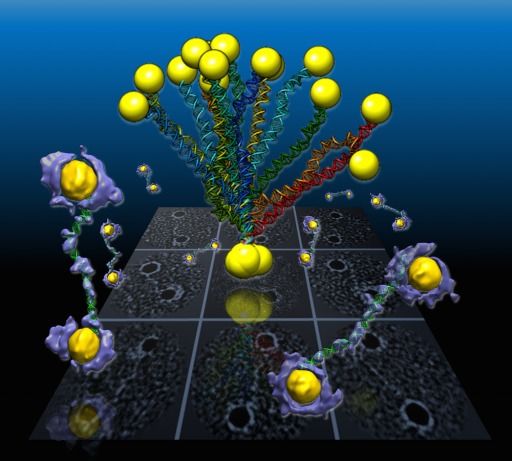
“DNA base pairing has been used for many years to direct the arrangement of inorganic nanocrystals into small groupings and arrays with tailored optical and electrical properties. The control of DNA-mediated assembly depends crucially on a better understanding of three-dimensional structure of DNA-nanocrystal-hybridized building blocks. Existing techniques do not allow for structural determination of these flexible and heterogeneous samples.”

Most traditional vaccines have safety and efficacy issues, whereas particulate vaccine delivery systems—which utilize nano- or micro-particulate carriers to protect and deliver antigens—are efficient, stable, include molecules to bolster immune responses, and minimize adverse reactions due to the use of biocompatible biomaterials.
A new review, titled “Particulate delivery systems for vaccination against bioterrorism agents and emerging infectious pathogens,” summarizes the current status of research efforts to develop particulate vaccine delivery systems against bioterrorism agents and emerging infectious pathogens.
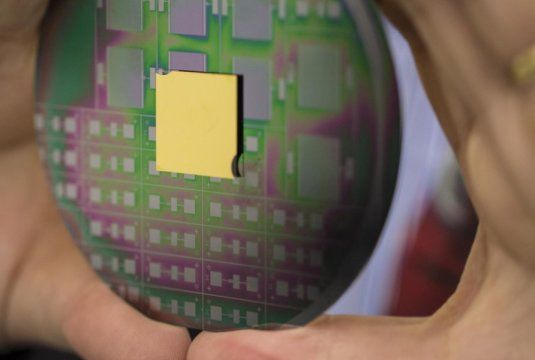
Australia did it again! They have developed a chip for the nano-manipulation of light which establishes the NextGen of Optical Storage and processing.
An Australian research team has created a breakthrough chip for the nano-manipulation of light, paving the way for next gen optical technologies and enabling deeper understanding of black holes.
Led by Professor Min Gu at RMIT University in Melbourne, Australia, the team designed an integrated nanophotonic chip that can achieve unparalleled levels of control over the angular momentum (AM) of light.
The pioneering work opens new opportunities for using AM at a chip-scale for the generation, transmission, processing and recording of information, and could also be used to help scientists better understand the evolution and nature of black holes.
Nanostructured samples and materials can be efficiently and reliable characterized using Anton Paar’s SAXSpace small- and wide-angle X-ray scattering (SWAXS) system. Users can obtain the size, shape, and size distribution of nano-sized samples and particle domains with the help of the SAXSpace. The device is ideally suited for the analysis of colloidal, biological (Bio-SAXS), and isotropic samples.
The SWAXS system also has a wide selection of accurate and versatile sample stages to meet each SAXS application. Easy handling and automatic alignment facilitate smooth operation. With the unique combination of robust design, short measurement time, and high system uptime, the device not only provides superior WAXS or SAXS results but also ensures high sample throughput. These capabilities make SAXSpace ideally suited to explore nanostructure in various materials, including surfactants, pharmaceuticals, proteins, foods, polymers, and nanoparticles.
Key Features
The key features of the SAXSpace are as follows:
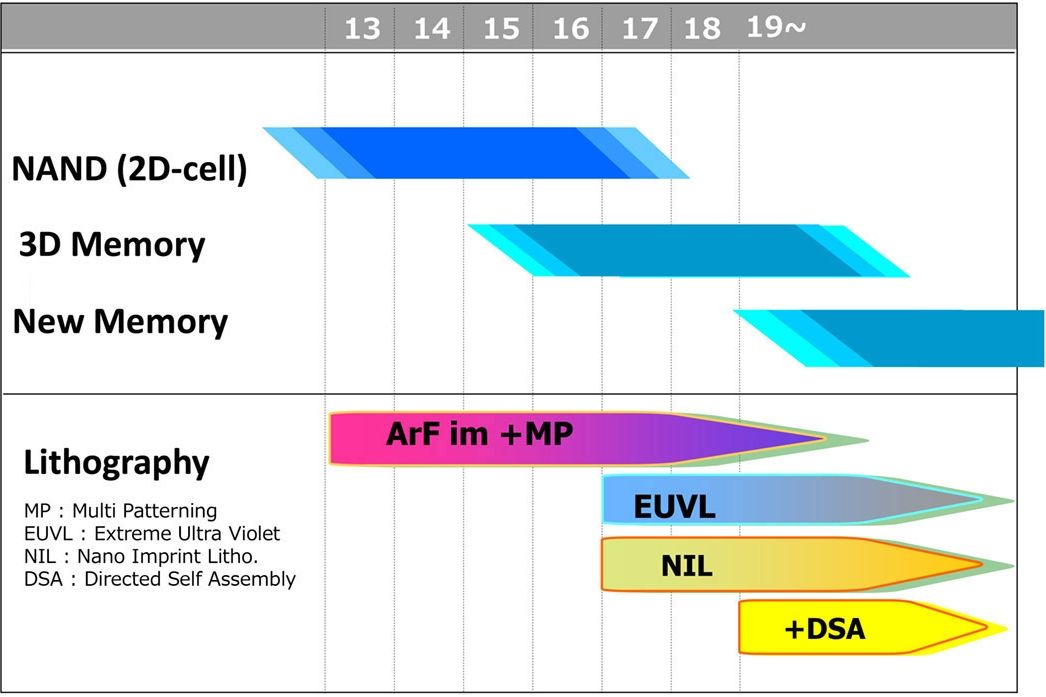

Nanomedicine has been something that many in tech expected to be a critical part of the healthcare landscape for over a decade. I am glad to see how quickly the technology is being adopted as part of bio-medical research and treatments for various diseases, etc.
NEW YORK, April 7, 2016 /PRNewswire/ — Nano-based science paving the precision medicine era.
The continued development of new treatments associated with the demographic trends and public health considerations is remarkable. Nanotechnology has been identified as one most relevant key enabling technologies of the last ten years, significantly impacting on many different biomedical developments in a broad spectrum of applications therapeutics, diagnostics, theranostics, medical imaging, regenerative medicine, life sciences research and biosciences, among many others. In fact, nanomedicine is present in all therapeutic areas, exhibiting a perceptible and extensive impact in the treatment and diagnosis of some most concerned diseases.
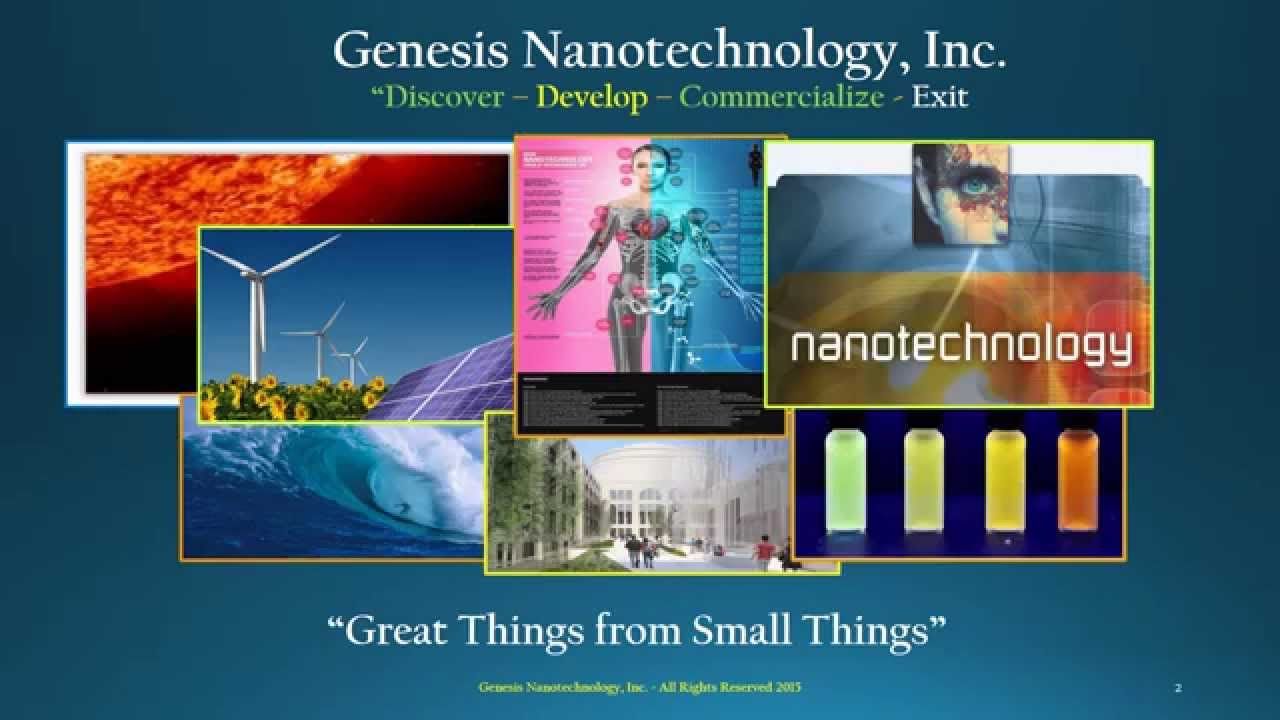
A new kind of nanoscale rectenna (half antenna and half rectifier) can convert solar and infrared into electricity, plus be tuned to nearly any other frequency as a detector.
Right now efficiency is only one percent, but professor Baratunde Cola and colleagues at the Georgia Institute of Technology (Georgia Tech, Atlanta) convincingly argue that they can achieve 40 percent broad spectrum efficiency (double that of silicon and more even than multi-junction gallium arsenide) at a one-tenth of the cost of conventional solar cells (and with an upper limit of 90 percent efficiency for single wavelength conversion).
It is well suited for mass production, according to Cola. It works by growing fields of carbon nanotubes vertically, the length of which roughly matches the wavelength of the energy source (one micron for solar), capping the carbon nanotubes with an insulating dielectric (aluminum oxide on the tethered end of the nanotube bundles), then growing a low-work function metal (calcium/aluminum) on the dielectric and voila–a rectenna with a two electron-volt potential that collects sunlight and converts it to direct current (DC).
“Our process uses three simple steps: grow a large array of nanotube bundles vertically; coat one end with dielectric; then deposit another layer of metal,” Cola told EE Times. “In effect we are using one end of the nanotube as a part of a super-fast metal-insulator-metal tunnel diode, making mass production potentially very inexpensive up to 10-times cheaper than crystalline silicon cells.”